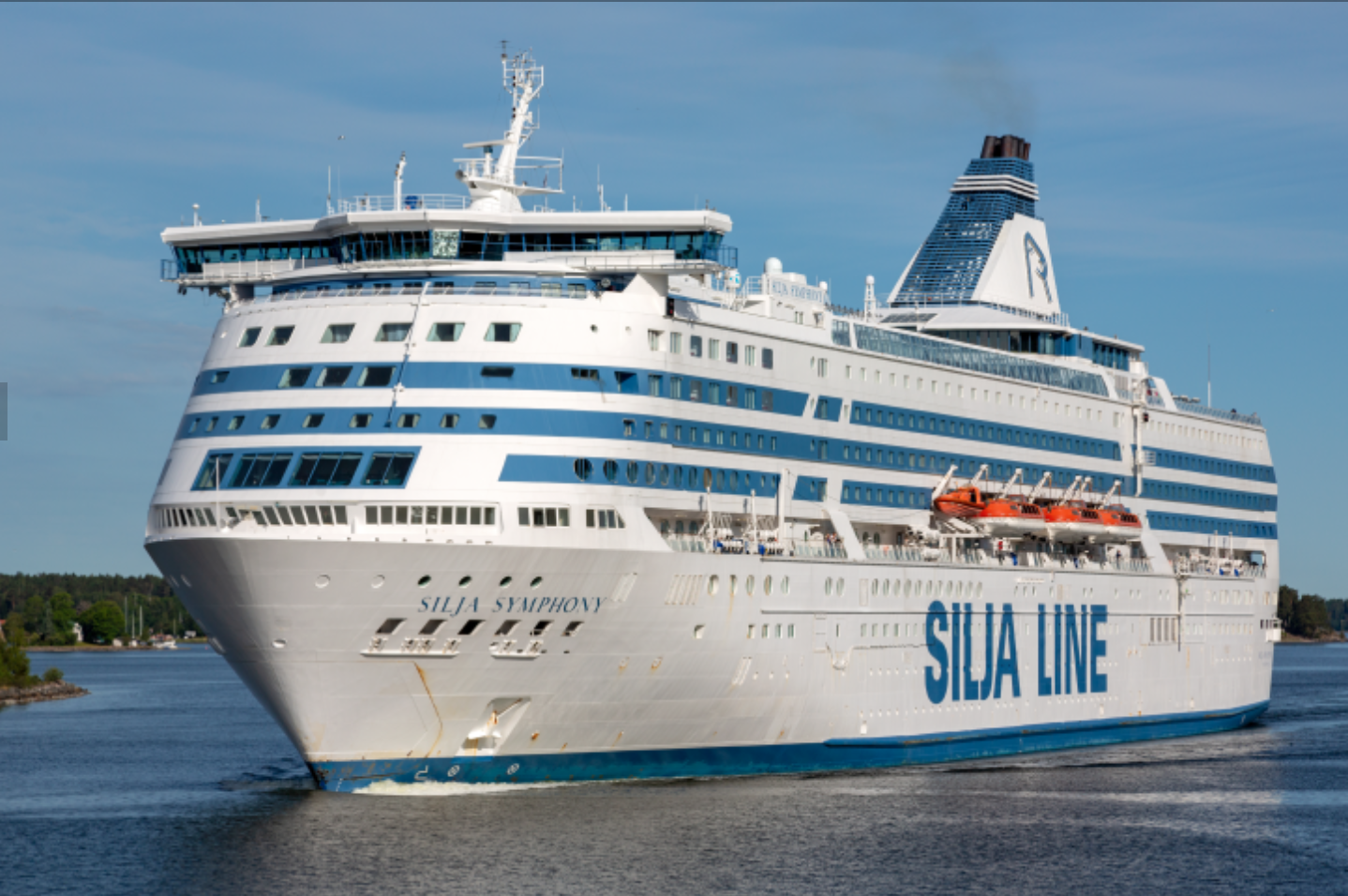ESTONIA. Tallink Grupp posted a 1.9% drop in sales from its most important revenue-generating division, restaurant and shop sales (onboard and onshore) in the first quarter of 2019. Sales slipped to €103.1 million from €105.1 million in Q4 2018.
The sales slide comes on the back of last year’s 2.3% decrease to €524.4 million for the division as passenger traffic flattened out.


The restaurant and shops result in Q1 (ending March) came amid a 3.9% drop in passengers to 1.9 million compared to the same period in 2018. Sharp double-digit falls were seen on the Estonia-Sweden route (down 31.6%) and Latvia-Sweden (down 10.9%).
The route Estonia-Finland – which is the busiest for the group – also fell by 2.7% to below one million passengers (997,000). Added capacity by competitors resulted in increased pressure on ticket prices.
On the positive side – which also augurs well for the peak summer season – is that Tallink’s most important route for duty free sales, Finland-Sweden, saw a big traffic uplift in Q1 of 8.0% to 565,000.

Despite the 1.9% decline for restaurant and shop sales in Q1, the division increased its share of group revenue to 57.6% (versus the full-year 2018 share of 55.2%) due to other divisions such as ticket sales and accommodation sales declining by 7.5% and 29.8% respectively.
Tallink Grupp’s total unaudited revenue for the first quarter decreased by 2.9% to €178.9 million with an increased net loss of €25.3 million (the net loss was €19.6 million in Q1 2018). See table below for the full details.

In a statement the company said of the overall result: “In the first quarter, which is also the low season, the group’s revenue and operating result were impacted by the following factors: planned dockings of seven ships (among them the maintenance and repair of the cruise ferry Baltic Queen lasted for 42 days which affected the Estonia-Sweden segment’s first quarter carriage volumes and financial result); the 2019 Easter holidays (when traffic volumes usually increase) were in April this year, whereas last year the holidays were in March.” This made for a disadvantageous year-on-year comparison.














